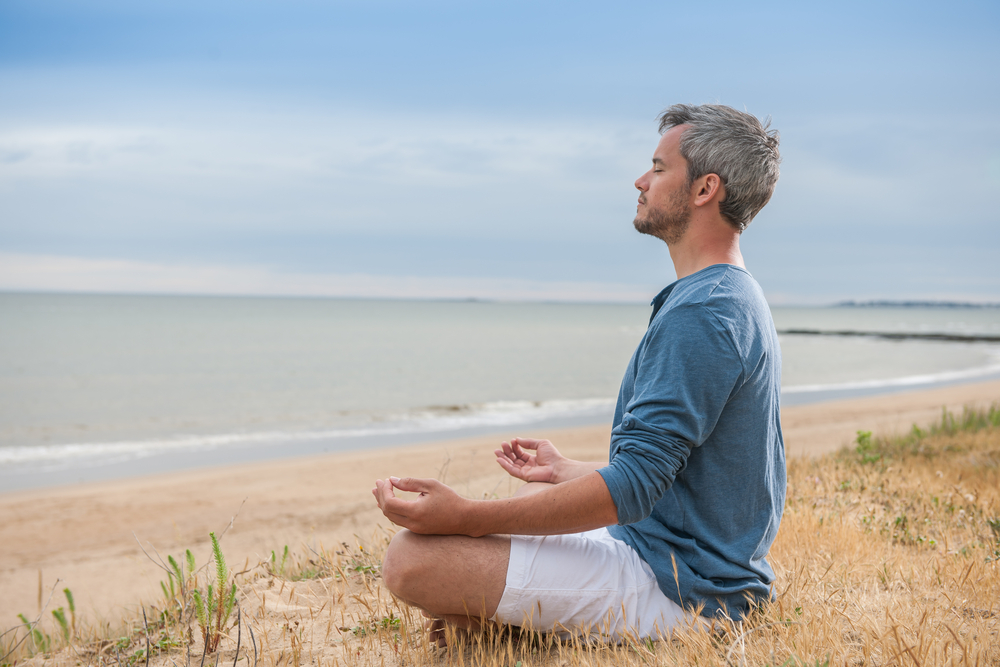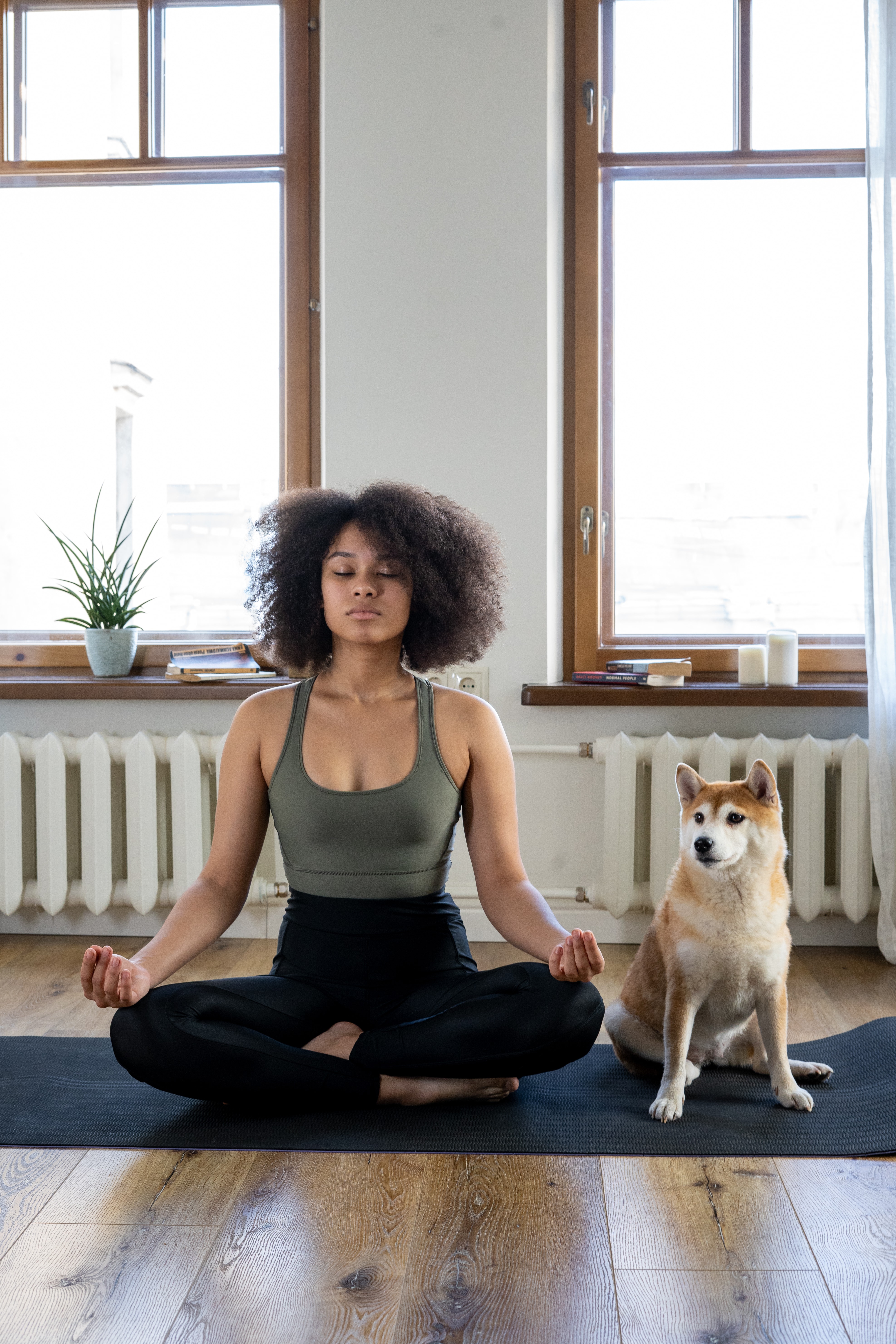How to Meditate? Important Tips for Busy People
How to Meditate? Important Tips for Busy People
Blog Article
Begin Your Journey: Basic Actions on How to Practice Meditation for Novices
Meditation, usually perceived as an elusive technique scheduled for the skilled, can in fact offer as a foundational tool for anyone seeking clarity and calmness in their daily life. The journey of reflection holds even more deepness than one might expect, inviting additional exploration into its transformative elements.
Comprehending Meditation Essentials
Reflection functions as a powerful tool for enhancing mental clearness and psychological health. At its core, meditation is a practice of focused focus and awareness, allowing individuals to cultivate a much deeper understanding of their emotions and thoughts. By taking part in this self-control, practitioners can achieve a state of leisure and mindfulness, which can significantly reduce stress and anxiety and anxiety levels.
Comprehending the essentials of reflection includes familiarizing oneself with numerous techniques, such as mindfulness, loving-kindness, and transcendental reflection. How to meditate?. Each technique has its one-of-a-kind approach, yet all share a typical goal: to cultivate a sense of internal tranquility and self-awareness. Beginners must start with basic practices, such as concentrating on the breath or observing thoughts without judgment
In addition, consistency is essential. Establishing a normal meditation regimen, even if only for a couple of minutes every day, can yield significant benefits gradually. As individuals development in their practice, they might discover their capability to concentrate boosts, bring about greater emotional security and strength. Ultimately, reflection is not merely an escape from fact; it is an extensive journey toward greater self-discovery and general mental health.
Finding Your Perfect Room
Producing a helpful setting for meditation is important for optimizing its advantages. Your selected space should advertise harmony, allowing you to concentrate internal without diversions. Begin by picking an area that really feels risk-free and comfy, whether it be a peaceful edge of your home, a garden, or a local park.
Following, consider the atmosphere. Soft lights can enhance relaxation, while natural light can stimulate your spirit. Guarantee the area is devoid of mess, as a clean environment fosters a clear mind. Additionally, integrating components like plants, candle lights, or relaxing artwork can assist develop a calm ambience.
Noise plays a considerable role in your reflection area. Goal for a peaceful location to minimize interruptions, or use soft background songs or nature sounds if you discover silence disturbing (How to meditate?). The temperature should additionally fit; neither also hot nor also cool, to stop distraction throughout your method
Finally, personalizing your area with significant objects-- such as crystals, photos, or purposeful quotes-- can create a much deeper link to your practice. By thoughtfully curating your environment, you established the stage for a more efficient and profound reflection experience.
Selecting a Comfortable Position
Discovering the right placement for reflection is critical to maintaining emphasis and comfort throughout your technique. The perfect pose Extra resources permits for both physical security and psychological alertness, making it simpler to focus on your meditation objectives.
If this position is uneasy, take into consideration using a padding to raise your hips, which can alleviate strain on your knees and back. A chair can offer the needed assistance, allowing your feet to rest flat on the ground, making sure stability and convenience.
You might additionally pick to lie down if sitting is not suitable for you, but be mindful, as this can lead to sleepiness. Inevitably, the ideal placement is one that really feels all-natural to you and permits you to preserve focus, helping go to this website with a much deeper link with your meditation practice.
Breathing Strategies to Start
Beginning your reflection exercise with effective breathing strategies can considerably improve your experience. Breath functions as the foundation of reflection, supplying a focal factor that assists anchor your mind and cultivate mindfulness.
To start, practice diaphragmatic breathing, which involves the diaphragm and advertises deeper breathing. Sit pleasantly, with your back straight, and location one hand on your breast and the other on your abdomen. Inhale deeply through your nose for a count of 4, making sure that your abdomen rises while your upper body stays relatively still. Hold your breath for a count of four, then breathe out slowly with your mouth for a matter of six, permitting your abdominal area to drop.
An additional beneficial technique is the 4-7-8 method. Breathe in through your nose for a matter of four, hold your breath for 7 counts, and breathe out gradually through your mouth for 8 counts. This pattern not just relaxes the mind however also lowers stress and anxiety, making it much easier to resolve into your reflection practice.
Try out these techniques to locate what reverberates ideal with you, and remember to preserve an unwinded posture and an open mind as you begin your journey right into reflection.
Tips for Uniformity and Growth

Producing an inviting meditation space is additionally vital. Additionally, think about making use of assisted reflections or meditation applications, which can give framework and variety to your sessions.
Start with brief durations, progressively enhancing the moment as you come learn the facts here now to be much more comfortable. This step-by-step approach not only makes reflection much less challenging but additionally allows your method to expand naturally. Tracking your progress in a journal can likewise be helpful; noting your experiences and feelings after each session can improve self-awareness and inspiration.
Finally, bear in mind that meditation is a personal journey. Be client with on your own and welcome the learning process, understanding that uniformity and development are constructed over time.
Conclusion
In verdict, reflection serves as a useful practice for advertising psychological clearness and emotional wellness. By understanding the fundamental principles of meditation, selecting an appropriate space, taking on a comfy stance, and making use of efficient breathing techniques, people can begin on a fulfilling reflection trip.
Comprehending the basics of reflection entails acquainting oneself with different techniques, such as mindfulness, loving-kindness, and transcendental reflection. Ultimately, the ideal setting is one that feels all-natural to you and enables you to maintain emphasis, promoting a deeper link with your reflection practice.
Establishing a regular reflection practice can dramatically improve your mindfulness journey and personal development. Additionally, take into consideration using directed reflections or meditation applications, which can offer framework and variety to your sessions.

Report this page